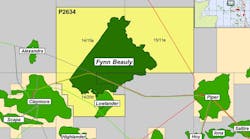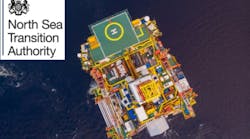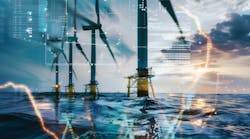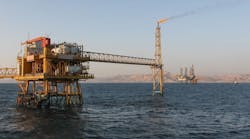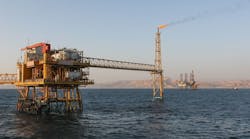North Sea operators adopting novel methods for interventions, facilities management
Offshore operators in the UK North Sea area have stepped up deployments of novel technologies to improve production and decommissioning and cut emissions.
According to a report by the North Sea Transition Authority (NSTA), specialist technologies were applied 1,250 times across the sector in 2023, up from 1,200 in 2022.
This year UK operators expected to spend £232 million ($296 million) acquiring these types of systems from suppliers while also committing £78 million ($99.6 million) to in-house R&D.
The insights came through the NSTA’s UK Stewardship Survey; 50 licensees provided responses to questions by the end of February 2024. The survey groups technologies into 10 categories and provides examples of how they are being implemented and the results to date.
Techniques applied for well interventions included a high-pressure, high-temperature (HP/HT) "storm choke" to reactivate shut-in wells in which the safety valves had failed. Other operators used real-time slickline to operate various tools for checking/enhancing the condition of wells in a single run.
Another recent NSTA study showed that more than 20 million extra barrels could be produced at relatively low cost through use of interventions to bring 200 wells back online.
Last year, several operators employed a suspended well abandonment tool that can be operated from a dynamically positioned vessel, while others brought in a special type of hammer that uses vibrations and strong impacts to dislodge objects stuck down wells.
Other operators used a multi-purpose ROV to cut subsea pipelines and bury exposed ends, recover concrete mattresses and clear debris.
Facilities management technologies have ranged in application from integrity monitoring, including non-intrusive inspections, to analytics software using machine learning and remote/robotic access.
Last year, adoption of digital technologies, some with net-zero applications, expanded rapidly accounting for 46% of all deployments in the UK North Sea, compared with 37% in 2021.
Other operators made uses of a renewable energy "pod" that provides power to smaller, unmanned platforms via wind and solar energy and battery storage. Some deployed a liquid ring compressor that uses liquid seals instead of metallic parts to compress gas to reduce vibration and wear.

